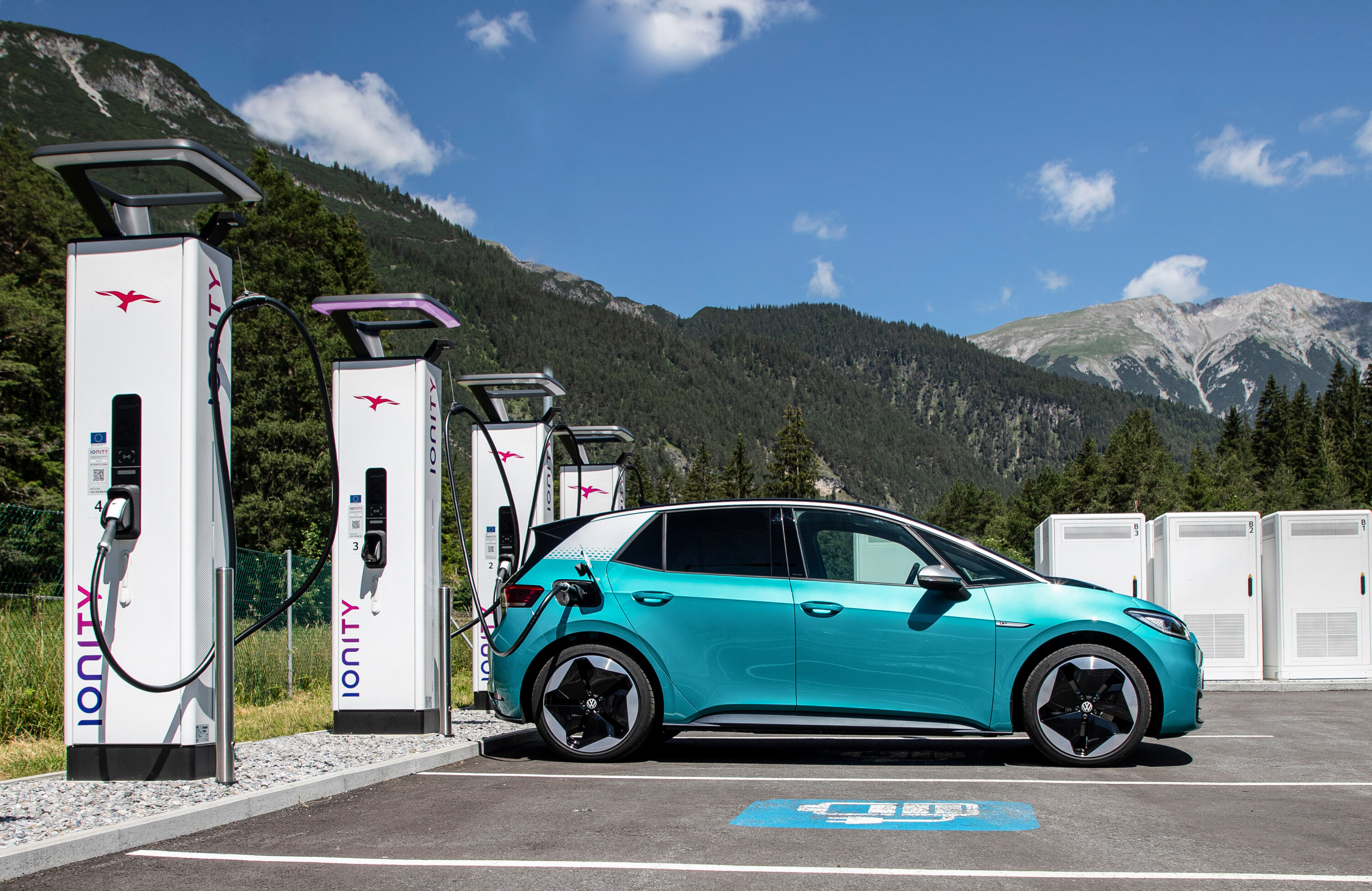
The European Parliament has approved new rules that mandate minimum electric vehicle charging availability and accessibility standards.
Snapshot
- EU approves new rules to ensure public EV charging availability
- Station every 60km along EUu2019s core network corridors
- Payment, universal database also covered
As part of the European Union’s target to reduce greenhouse gas emissions by 55 per cent by 2030 compared to 1990 levels, it plans to mandate that an EV charging station must be installed every 60 kilometres along core EU 27 country-connecting corridors (dubbed the ‘TEN-T network’).
Each site should have at least 400kW total output capacity (distributed across multiple stations) by 2026, with output to increase to 600kW by 2028.
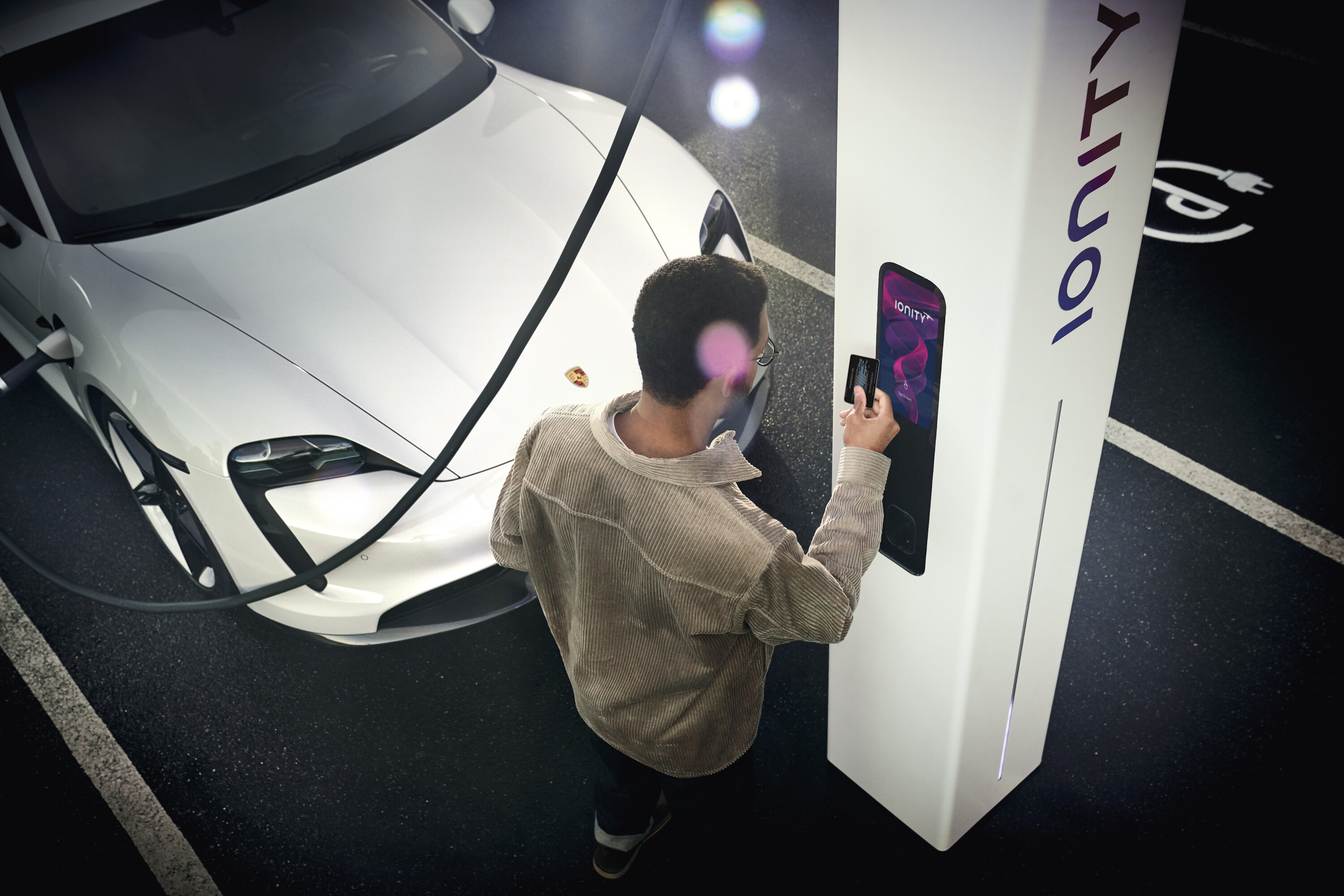
ud83dudcf1 Other EV charging accessibility requirements
- Users must be able to pay easily via a regular credit or debit card, without the need to have a subscription
- Charging price rate must be displayed
- Will set up a universal EU database by 2027 to provide owners with information on the availability, waiting times, or price at different stations
The new rules aim to lift public EV charging infrastructure availability and ease-of-use to traditional fuel stations in Europe.
With battery-electric and hydrogen powered trucks and buses also growing, the EU will also mandate the need to have charging facilities every 120 kilometres on half of main EU roads by 2028 with 1400kW to 2800kW power output depending on the road.
EU countries also need to ensure that hydrogen refuelling stations along the core TEN-T network will be deployed at least every 200 kilometres by 2031.
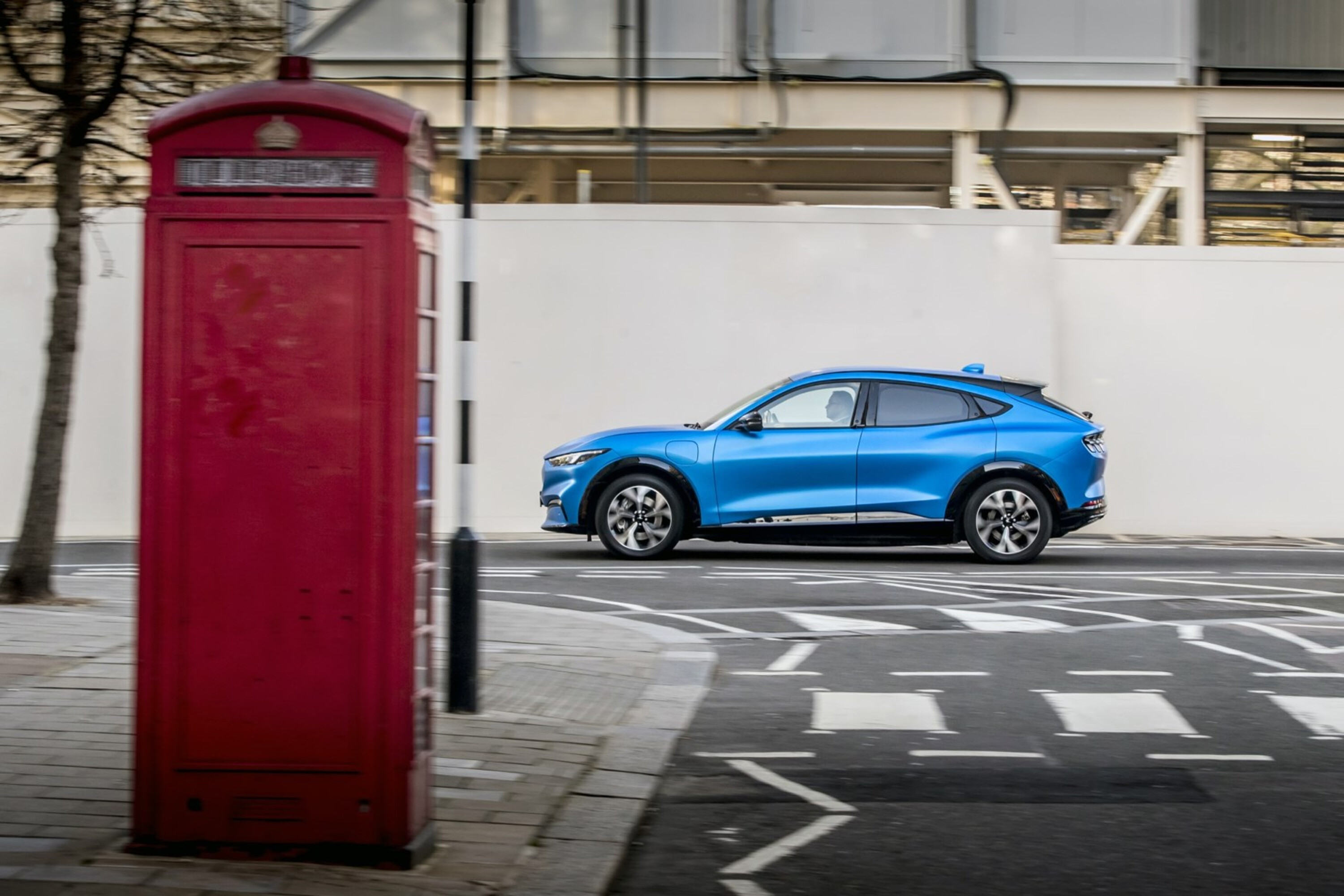
Meanwhile, in the United Kingdom, a similar policy has been in development since 2021 – but aims to mandate a minimum of 99 per cent reliability for public charging infrastructure, alongside a 24/7 helpline, payment standards.
It also investigates whether government intervention is needed for ensuring accessibility for people with a disability, weatherproofing, lighting, and signage.
In Australia, the federal government has partnered with the NRMA in a $100 million region-linking project to have at least two EV charging stations every 150 kilometres across regional and remote areas.
More EV stories to help you choose the best car for your needs
- ? EV news, reviews, advice & guides
- ❓ Short & sweet: Your EV questions answered
- ⚡ New EVs: Everything coming to Australia
- ? Australia’s EVs with the longest driving range
- ⚖️ Best-value EVs by driving range
- ? How much do EVs cost in Australia?
- ? How much more expensive are EVs?
- ⚖️ Number crunching: Is it time to switch to an EV?
- ♻ Should you buy a used EV?
- ?️ Are EVs more expensive to insure?
- ? Costs compared: Charging an EV vs fueling a car
- ? EV charging guide
- ? Are there enough EV chargers in Oz?
- ?? EV servicing explained
- ? EV battery types explained
- ? When do EV batteries need replacing?
- ? Hydrogen v EVs: What’s best for Oz?
- ? How sustainable are EVs, really?
MORE advice stories to help you with buying and owning a car
We recommend
-
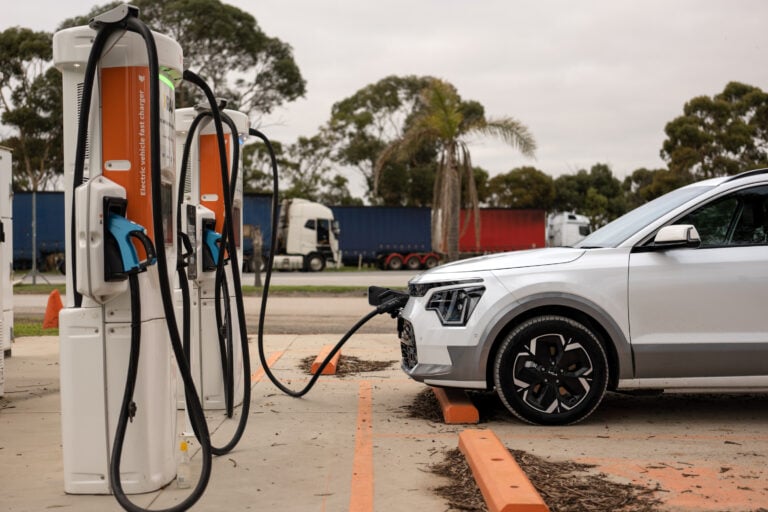 News
NewsEV charging stations to link regional Australia in $100m project
A nationwide link of fast EV chargers will roll out by 2025 covering rural and regional Australia
-
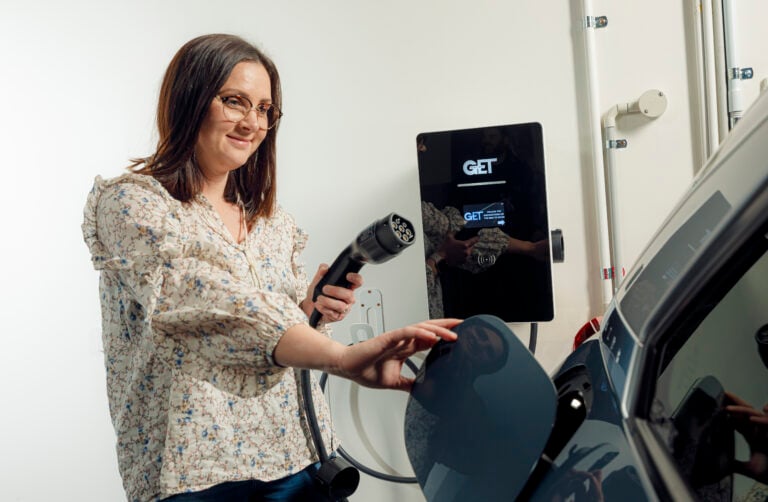 Advice
AdviceEV Charging Explained: Home & public charging, speed & plugs
Sponsored by GET Electric, this is a go-to guide to understand charging an EV at home or on the road
-
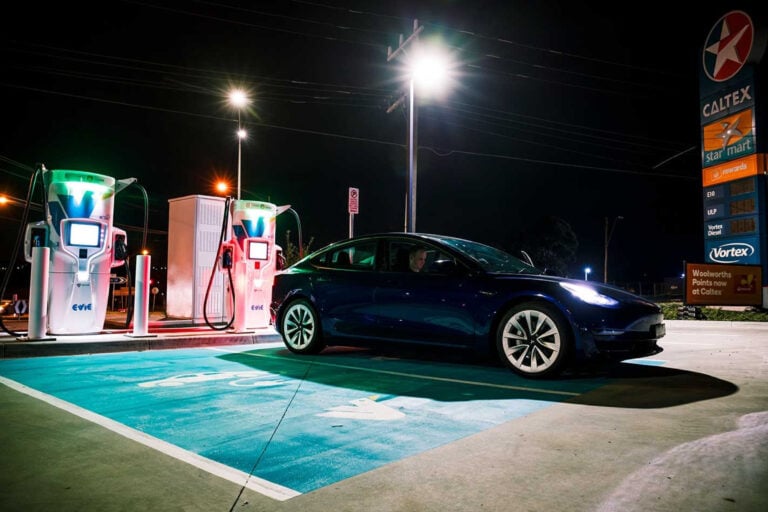 Advice
AdviceAre there enough EV chargers in Australia? Here's your guide
Public EV charging networks are expanding, but there still aren’t enough today. Does that mean you shouldn’t buy an EV?




